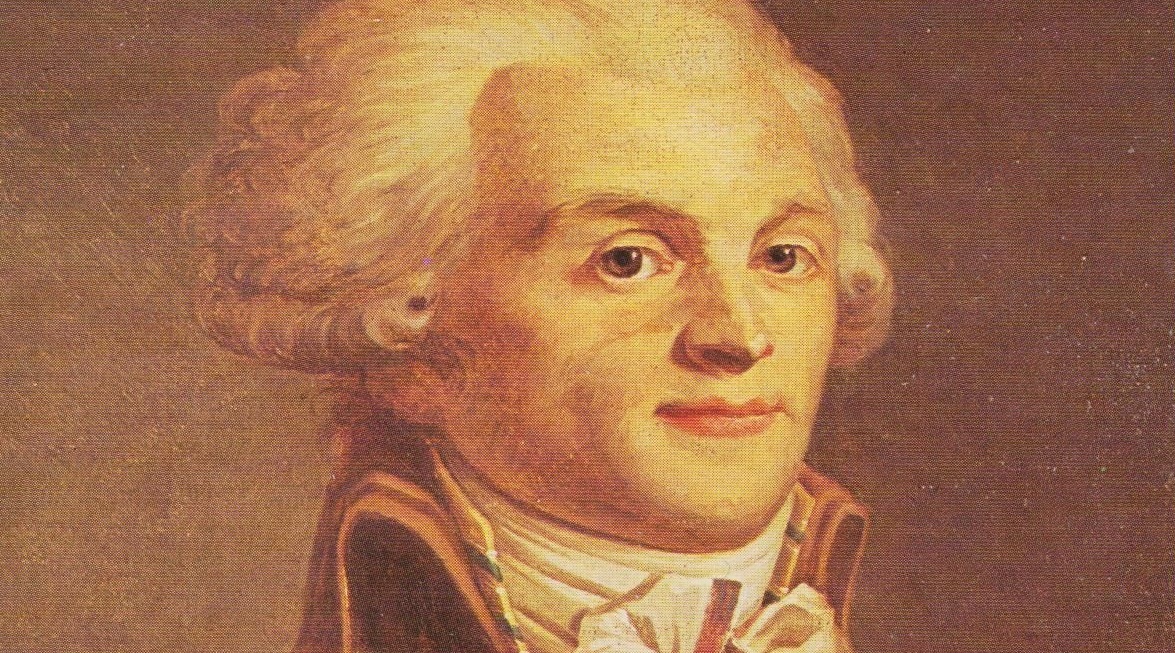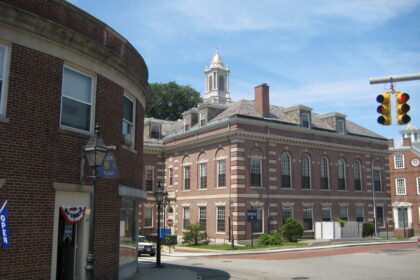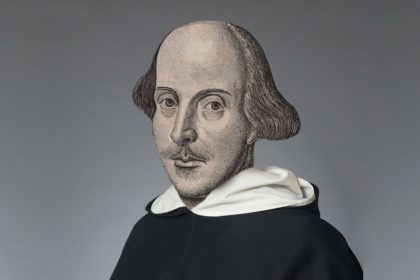Maximilien Francois Marie Isidore de Robespierre was a French lawyer and politician, as well as one of the best known and most influential figures associated with the French Revolution and the Reign of Terror. Take a look below for 30 more awesome and interesting facts about Maximilien de Robespierre.
1. As a member of the Estates-General, the Constituent Assembly and the Jacobin Club, Robespierre was an outspoken advocate for the poor and for democratic institutions.
2. He campaigned for universal male suffrage in France, price controls on basic food commodities and the abolition of slavery in the French colonies.
3. He was an ardent opponent of the death penalty, but played an important role in arranging the execution of King Louis XVI, which led to the establishment of the French Republic.
4. He is perhaps best known for his role in the French Revolution’s Reign of Terror.
5. Robespierre was named as a member of the powerful Committee of Public Safety, launched by his political ally Georges Danton and exerted his influence to suppress the left-wing Hebertists.
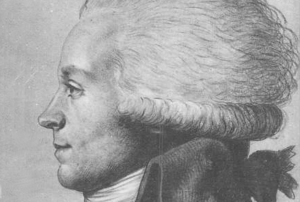
6. As part of his attempts to use extreme measures to control political activity in France, Robespierre later moved against the more moderate Danton, who was accused of corruption and executed in April 1794.
7. The Reign of Terror ended a few months after Danton’s execution, with Robespierre’s arrest and execution in July.
8. Robespierre’s personal responsibility for the excesses of the Terror remains the subject of intense debate among historians of the French Revolution.
9. Influenced by 18th century Enlightenment philosophes such as Rousseau and Montesquieu, Robespierre was a capable articulator of the beliefs of the left-wing bourgeoisie.
10. His steadfast adherence and defense of the views he expressed earned him the nickname The Incorruptible.
11. Robespierre’s reputation has gone through several cycles of re-appraisal.
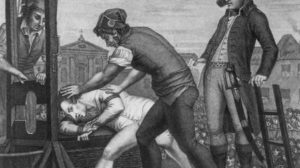
12. During the Soviet era, Robespierre was used as an example of a revolutionary figure.
13. His reputation peaked in the 1920s with the influence of French historian Albert Mathiez.
14. In more recent times, his reputation has suffered as historians have associated him with an attempt at a radical purification of politics through the killing of enemies.
15. Robespierre was born in northern France, Arras, Artois Province, on May 6, 1758.
16. He and three of his siblings lived with their grandparents after his parents died.
17. Robespierre has loved reading and studying since he was a child.
18. When he was a young boy, his mother died, and his father abandoned the family.
19. He was bright, and went to the prestigious College Louis-le-Grand in Paris. While at university, he was deeply influenced by Enlightenment thinkers, and the idea of the equality of all men.
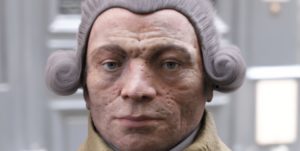
20. He believed that virtue and service to your country should count far more than class and personal gains.
21. He believed in creating a Republic of Virtue, which would be a France with a republican government. Equality, liberty, and service to country would be the greatest thing you could do.
22. Robespierre graduated with his law degree in 1780, and set up a law practice back in Arras.
23. At the time of his death, Robespierre had no debts, and his property was sold at auction in the Palais Royal early in 1796, fetching over 100 British pounds.
24. Robespierre’s last recorded words may have been “Merci, monsieur”, or “Thank you, sir,” to a man who had given him a handkerchief for the blood on his face and clothing.
25. After his capture, he was placed in the cell where Marie Antoinette, the wife of King Louis XVI, had been held.
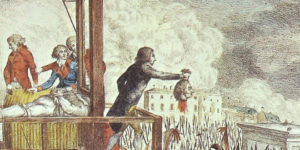
26. On July 28th, 1794, in the afternoon, Robespierre was guillotined without trial in the Place de la Revolution.
27. His brother Augustin, Couthon, Saint-Just, Hanriot, and 12 other followers, among them the cobbler Antoine Simon, the jailor of Louis-Charles, Dauphin of France, were also executed.
28. When clearing Robespierre’s neck, the executioner tore off the bandage that was holding his shattered jaw in place, causing Robespierre to produce an agonized scream until the fall of the blade silenced him.
29. Together with those executed with him, he was buried in a common grave at the newly opened Errancis Cemetery.
30. A plaque indicating the former site of this cemetery is located at 97 rue de Monceau, Paris. Between 1844 and 1859, the remains of all those buried there were moved to the Catacombs of Paris.

